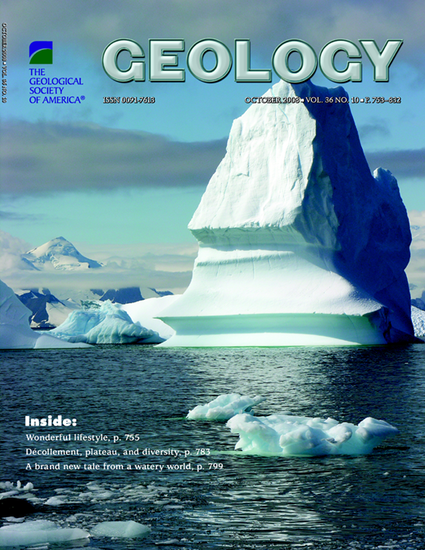
Ungulate and carnivore diversity patterns since 30 Ma in different regions of the western United States suggest abrupt increased diversification at 17–17.5 Ma, followed by decreases ca. 11 Ma, and stasis thereafter. Although global climate change presumably affects evolution, we hypothesize that widespread extensional tectonism in the western U.S. also helped drive diversity increases ca. 17.5 Ma through a topographically induced increase in floral and habitat diversity. The decreases in diversities ca. 11 Ma, as well as the rapid increase in C4 ecosystems (RICE) worldwide at 7–8 Ma may have responded to climate teleconnections and increased seasonality linked to global cooling and growth of orogenic plateaus, particularly the Tibetan Plateau between 13 and 8 Ma. Thus, biodiversity complexly responds both to climate and to tectonics.
Available at: http://works.bepress.com/matthew_kohn/12/
